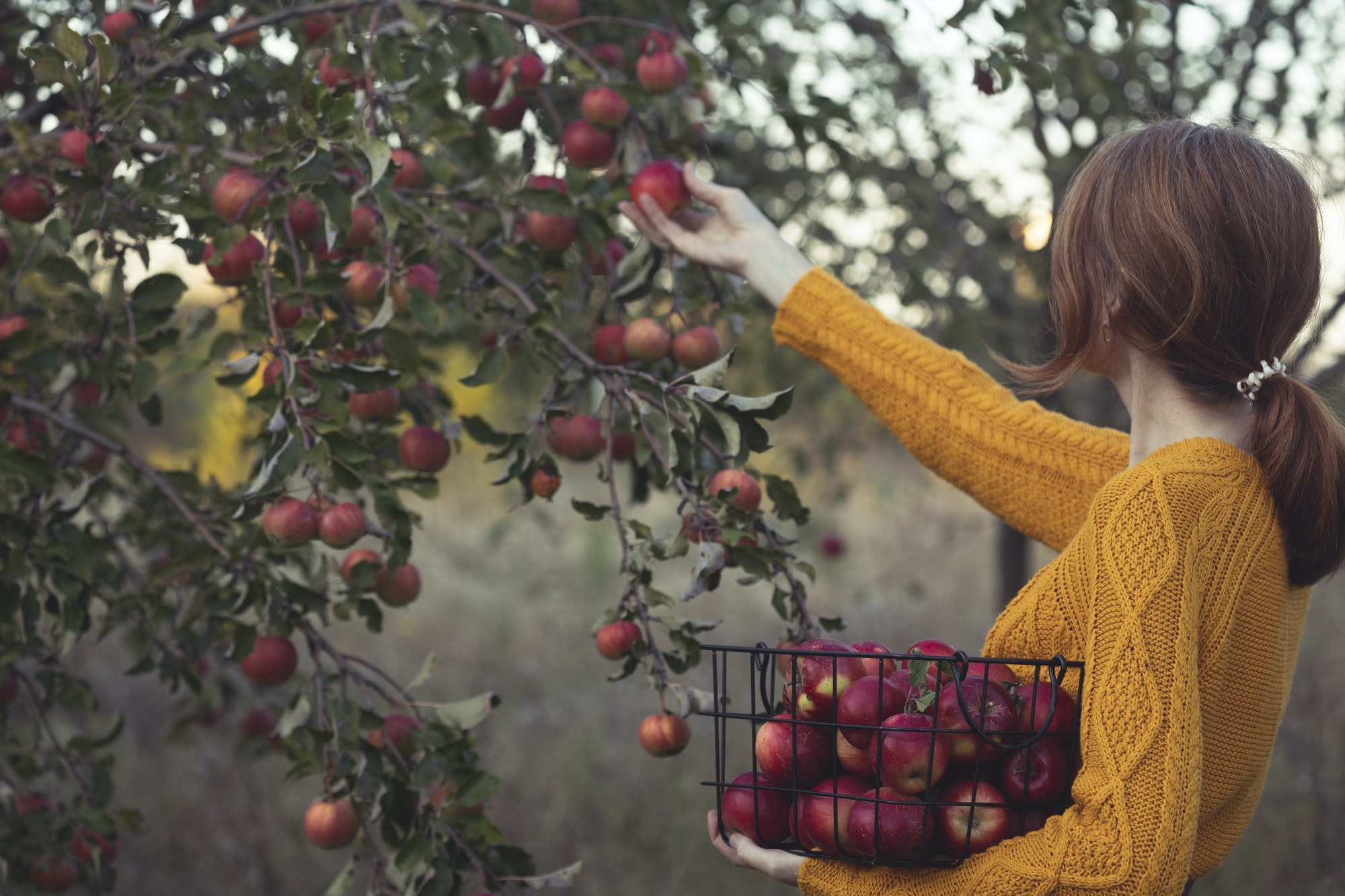Plants are essential to all living things on Earth. They provide a wide variety of systemic life-supporting services, including food, medicine, and material resources. The total number of plant species is around 250,000. Here is a brief guide to plants:
Unless you have extensive experience growing plants, starting seeds indoors may be a difficult proposition. Many gardeners underestimate the light requirements of their plants and end up with spindly, tall plants that will fail to produce the desired results when planted outdoors. Others may be more comfortable buying plants that have already been grown. If you’re unsure, you should talk to an expert before you attempt any indoor gardening. Regardless, there are several benefits to starting plants from seed.
Before planting, enrich the soil with organic materials. Compost, manure, or compost will all help improve soil’s nutrient content. You can also purchase seed-starting mix at most garden centers, which contains essential nutrients for young seedlings. A little extra soil nutrient added to the mix can go a long way toward preventing weeds from taking root. For an extra boost of soil bacteria, use an egg carton.
The seeds of cornflower, a common garden vegetable, are easy to start growing. You can plant them a week before the last frost date. In warm climates, you can plant them as early as September to reap their summer harvest in less than two weeks. The seeds of zinnia and cosmos should be sown about a half inch deep. You can also start planting onions when the ground is warm and you can reap the benefits of these versatile vegetables.
Several varieties of cabbage are easy to grow. To plant cabbage seeds, place them about 12-18 inches apart in a sunny location. Soil temperature should be 70 to 85 degrees F. For best results, plant them at least 18 inches apart, so that they don’t crowd each other. For larger varieties, stake them. It is also recommended to plant peppers in a separate plot of soil from tomatoes, eggplant, and potatoes. This is to ensure that the soil doesn’t dry out too quickly.
Shrubs are medium-sized woody plants. They are shorter than trees, and they usually grow six to 10 meters. Their stems are flexible, but they are thin and weak and cannot support their full weight. Shrubs include rose, jasmine, lemon, and tulsi. Amongst many other varieties, they have a variety of useful uses. So, be sure to experiment in your garden to find something that’s perfect for you.
Seedlings are vulnerable to cold weather, so be sure to protect them as much as possible from it. When planting seeds, make sure to bury them two to three times deeper than their diameter. Using a cloche or row cover can help protect them from the cold. For larger plants, it is essential to plant seedlings at the proper depth. You should plant them at least two inches deep, but you can plant smaller plants as well. Keep the soil moist during hot weather and windy conditions.
